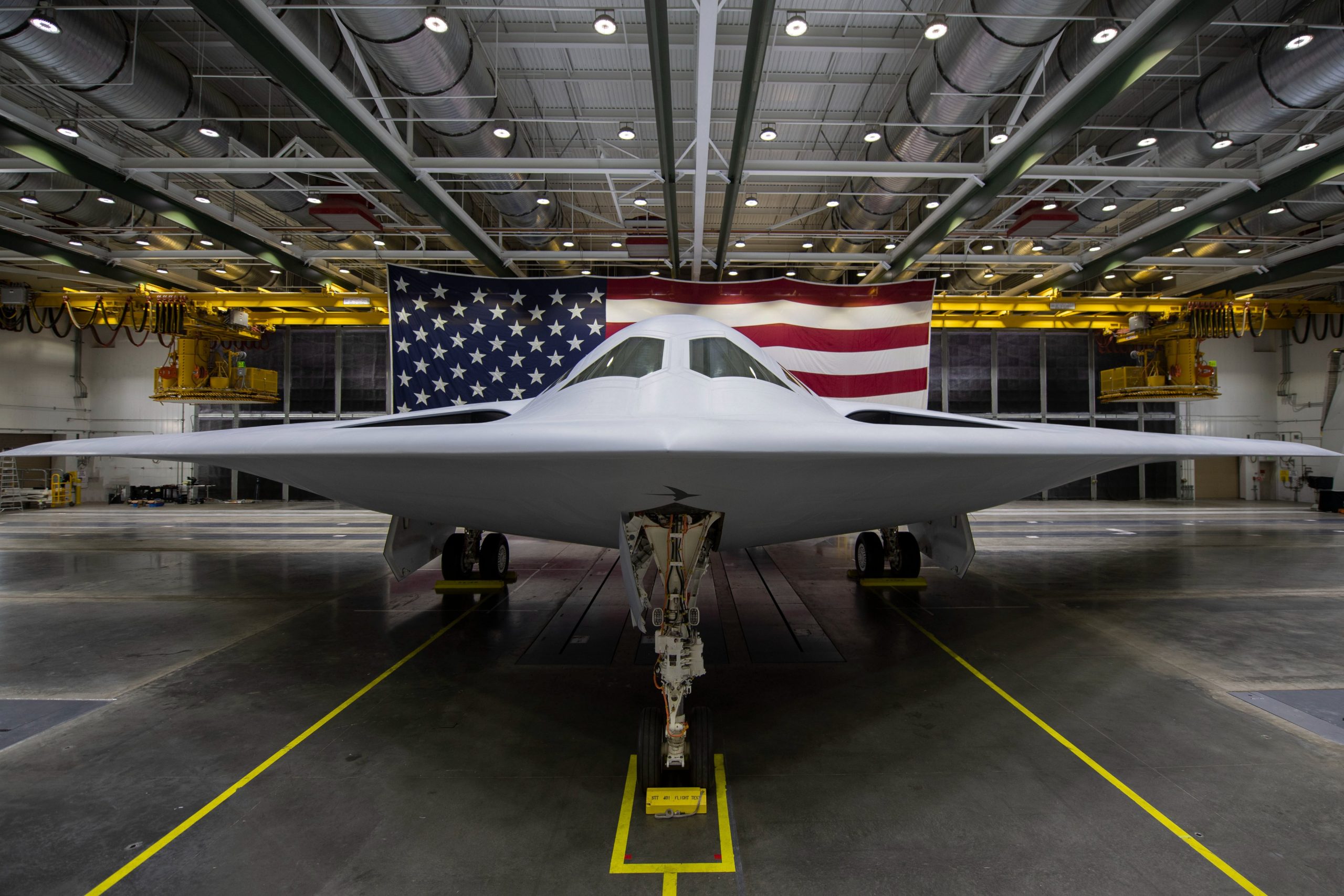OPED By Gp Cpt TP Srivastava
It took 34 years for a technologically advanced nation with the largest economy in the world to unveil a new bomber. B-2, the current operational, strategic bomber, was unveiled in 1988. B-21, Raider was presented to the world on December 2, 2022.
A joint flypast welcomed B-21 by existing USAF bombers, B-1, B-2, and B-52.
As per existing projections, the B-21 program will cost a whopping USD 203 Billion over 30 years. Currently, six B-21 platforms are in various stages of development.
The first B-21 flight is scheduled for mid-2023, provided all system evaluations and ground trials proceed without a hitch.
US strategic bomber fleet is undergoing a radical change. The most outstanding and remarkable decision is to keep the oldest war horse. The eight-engine B-52 will undergo several modifications, including an upgraded aero engine, and will remain operational for over 100 years. B-1 and B-2 bombers will be retired from service by 2050.
USAF’s strategic bomber fleet will comprise B-52s and B-21s for the next five decades, maybe more.
B-21 has been called a sixth-generation aircraft. B-21 design is near the carbon copy of B-2, a typical wing design with extremely high stealth qualities. It will be a nuclear-capable bomber equipped with virtually all modern precision-guided munitions. It can reach any corner of the globe with mid-air refueling.
USAF Bomber Fleet Most Superior?
China and Russia do not have any bombers to match the USAF bomber fleet, both in capability and numbers. Chinese H-6 and futuristic H-20 will neither have the firepower nor reach compared to the USAF bomber fleet. The same is the case with Russian Tu-95.
Strategic bombers are one of the most crucial elements of the nuclear triad. B-21 will, in all likelihood, be able to deliver nukes at multiple targets in a single mission. To evade potent ground-based air defense systems, B-21’s stealth capability will allow it to penetrate target defenses without being detected and threatened.
Flight testing of B-21 will be grueling and time-consuming, and it will take a few years before B-21 can join an operational USAF unit.
First, B-21 has been designated as T1. Other five B-21s are being constructed at Palmdale in Air Force plant 42. Prototype B-21 has already undergone extensive tests on the ground.
The date of the first flight will depend upon the success/progress of future ground tests. Flight tests are scheduled to be conducted at Edwards Air Force base.
Due to exorbitant cost, the first B-21 will be more or less like a production aircraft, unlike other aircraft, where prototype aircraft are quite different from production aircraft. It will also reduce the flight test schedule resulting in quicker induction as operational aircraft.

The Road Ahead For B-21
B-21 development has become possible due to the personal and direct involvement of Frank Kendall, Secretary of the Air Force. He ensured that budgetary support was available and reinforced the USAF’s proposal of seeking 145 aircraft. Indian military establishment needs to learn an extremely appropriate lesson.
Frank Kendall’s background is relevant to understanding how a decision-maker’s exposure/experience directly impacts national security. Frank Kendall was undersecretary of Defense Acquisition, Technology, and Logistics. Our Defense Secretary is not required to have any such background, hence the state of affairs.
The USAF Strategic Bomber fleet will likely comprise 145 B-21s and 75 B-52s, totaling 220. The existing 21 B-2s and B-1s will find parking slots in USAF’s ‘Graveyard.’ All 220 bombers will not be ‘nuclear-capable.’ How many will be is not known.
How long it will take to receive the 145 bombers is not known. However, B-21 will become the mainstay of the USAF Strategic Bomber fleet till the end of the current century, at the very least.
As of date, no Chinese or Russian strategic bomber will be able to match the performance of yet operationalized B-21. The performance/capability of B-2, the existing USAF Strategic Bomber, is way ahead of any other bomber.
However, it is at least five years from, i.e., 2027, before B-21 Raider can participate in a raid. Testing such complex machines is a painfully and agonizingly slow process.
A few observations about window design have already surfaced. Ground trials and flight trials involving spin will consume months before test pilots give a thumbs up.
- Gp Cpt TP Srivastava is an ex-NDA who flew MiG-21, 29, and is a qualified flying instructor. He commanded the MiG-21 squadron. He is a directing staff at DSSC Wellington and chief instructor at the College of Air Warfare.




